This list of Indian economists can answer “Who are some of these Indian economists?” And “Who are India’s best-known economists?” These leading economists of India may or may not live, but their common feature, whether they are historical personalities or economists today, is that they are all respected Indian economists.
Use this list of famous Indian economists to find some new economic doctors and economic ideas with which you were previously unfamiliar.
List of Top Indian Economists
-
Abhijit Banerjee
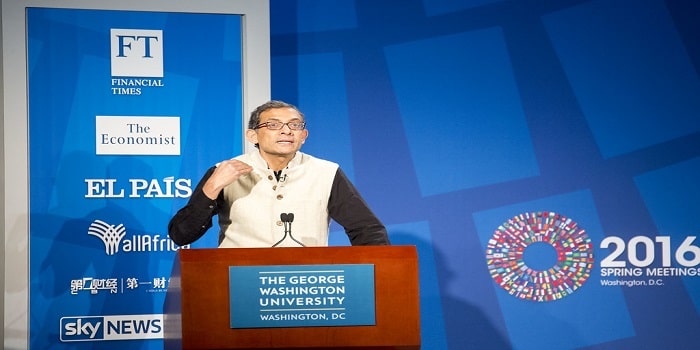
The Indian-born American naturalised economist Abhijit Vinayak Banerjee (born 21 February 1961) is now the International Professor of Economics Ford Foundation at the Massachusetts Institute of Technology. He is one of the most reputed Indian Economists. Banerjee, with Esther Duflo and Michael Kremer “for the experimental approach they took to alleviate global poverty,” was awarded the Nobel Prize for Economics in 2019. He is the sixth couple married to jointly win the Nobel Prize. He is married to Esther Duflo.
The Abdul Latif Jameel Poverty Action Lab co-founded Banerjee (along with economists Esther Duflo and Sendhil Mullainathan). He is an associate of research on Poverty Action Innovations and a member of the Financial Systems and Poverty Consortium. Banerjee is the president of the Development Economic Analytics research bureau, the National Bureau of Economic Research’s research associate, a research fellow at the Center for Economic Policy Research, a fellow at the American Academy of Arts and Sciences, a fellow of the Econometric Society and an international research fellow at the Kiev Institute.
He was also a fellow of Guggenheim and an Alfred P. Sloan. He is also a member of the Plaksha University academic board, a future university of science and technology in India. In October 2019 Juggernaut Books published his new book, co-authored by Esther Duflo, Good Economics for Hard Times. For the ten days of protests at the University of Jawaharlal Nehru in 1983, he was sent to Tihar Delhi Jail.
-
Amartya Sen
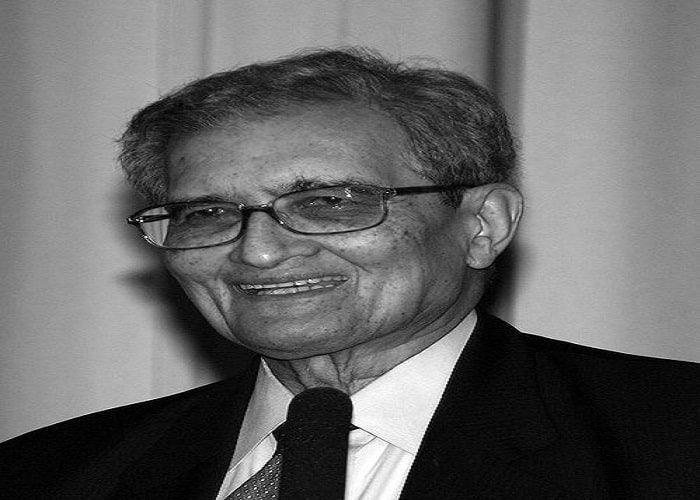
Amartya Sen is an Indian economists and philosopher born on 3 November 1933 and has been teaching and working in the U.K. and United States since 1972. Sen has contributed to the economics of welfare, the theory of social choice, economic and social justice, theories of famine, theoretical decisions, economic development, public health and country welfare. He is one of the most reputed Indian Economists.
He was previously a Master of Trinity College Dean at Cambridge University. For his work in welfare economics, he received the Nobel Memorial Prize from the Economics in 1998 and Bharat Ratna from India in 1999. For a pioneering scholarship in global justice and the fight against social inequalities in education and healthcare, the German Publishers and Booksellers Association awarded him the Peace Prize for 2020 in German Book Trade.
-
Amit Mitra
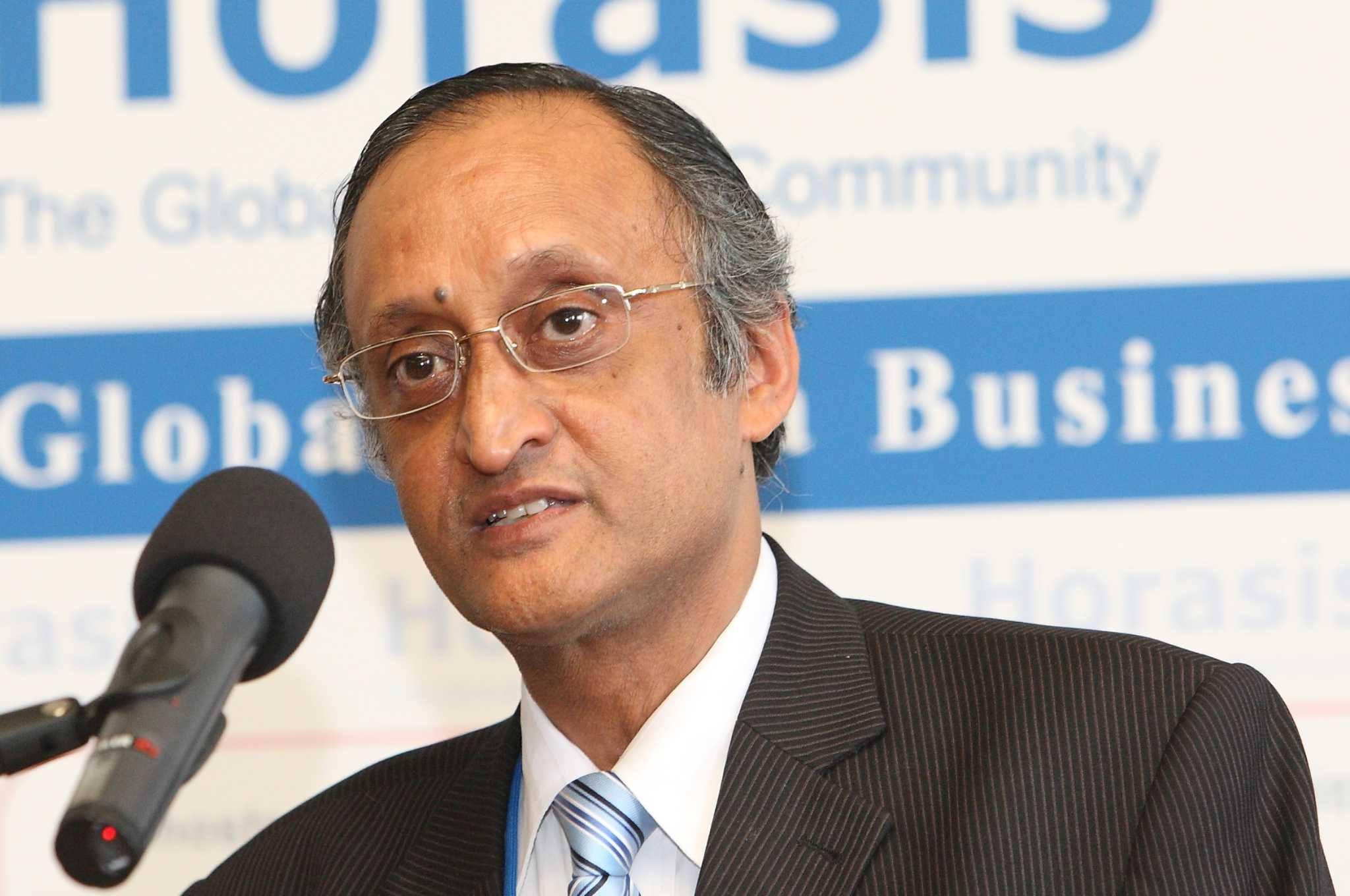
Dr. Amit Mitra represents India’s Trinamool Congress, one of the India economists that have joined a political party and the current Minister of Finance, Trade and Industry of West Bengal’s Indian state government. Asim Dasgupta, former Western Bengal Finance Minister, was cited as a giant killer at the 2011 state assembly election to defeat. Mitra previously served as General Secretary of the Indian Chambers of Industry Son of Haridas Mitra, Liberty Fighter and former Assembly Deputy Speaker of West Bengal, and Bela Mitra.
He is one of the most reputed Indian Economists.
Suresh Chandra Bose, Netaji Subhas Chandra Bose’s mother’s grandfather. Both Chandra Bose and Mitra of Suresh belonged to Azad Hind Fauj’s secret service team. From Haridas Mitra, Bela Mitra took over Azad Hind Fauj’s secret service. Belanagar train station on the Howrah-Bardhaman chord line in Howrah district is named for it.
He was a remarkable debater at university debate competitions in West Bengal. In 1978, Mitra received a PhD from the Duke University in the U.S. and a Master’ s degree at the Delhi School of Economics. Dr. Mitra is listed as distinguished alumni at Duke University.
-
Amiya Kumar Bagchi
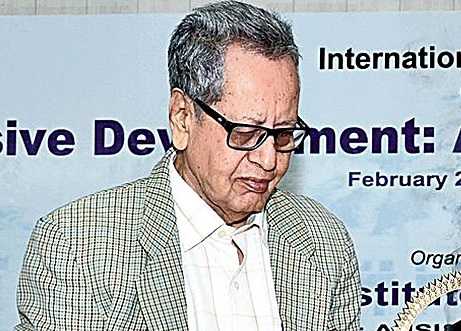
Image by: Subhoranjan Dasgupta
Born in 1936, Bagchi was trained at Presidential College, Kolkata and Trinity College, University of Cambridge, and was raised in a little village of Murshidabad district in the western part of Bengal as an Indian Economists. In 1963, he obtained a PhD in “Private Investment and Partial Planning in India” from the Cambridge University.
He married Jasodhara Bagchi, a feminist critic and militant.
When he began teaching at the President’s College, Kolkata he began his academic career. In the 1960s, he taught at the Cambridge Faculty of Economics, where, in 1969, he resigned his position and re-established his academic career at the Kolkata Presidency College. He is one of the most well known Indian Economists.
In 1974 he joined Calcutta, the newly created Center for Social Science Studies, which became one of India’s best-known and most productive research institutes.
Specializing in Indian banking and finance history, Bagchi was the National Bank of India’s (SBI) Official Historian from 1976 to 1998; he played a key role in ensuring posterity in the unique SBI archives.
Following his retirement as a professor from the Reserve Bank of India from the Center of Social Sciences Studies in Calcutta in 2001, the Institute for Developmental Studies, which has an association with the University of Calcutta and is promoted by western Benjamín government, became the founder of the Institute of Development Studies, Kolkata. A masterpiece by Bloomberg L.P. is recognized for his famous discourses on near-capitalist banking. He leads development research across a range of disciplines, including banking and finance, public health, labour studies, information and communication studies, study of gender, education, and literary sociology. University and Bristol University.
-
Ardeshir Darabshaw Shroff
He is an excellent Indian Economist. In 1944, Shroff served at the UN ‘The Bretton Woods Conference’ on the post-war monetary and financial systems as a non-official (because India was still not independent). He is one of the most well known Indian Economists.
During the 1950’s, Shroff was the founder and chairman of the Indian Investment Corporation and of Banco de India and New India Assurance Corporation Limited. He criticized the state’s indifference in treating businessmen and claimed that the Government of India could achieve very quick industrialization within the next 10 years if it were to shed some of its ‘impractical ideologies’ and extend its active support to the private sector. Shroff also served as the Tata Group’s corporate director and various other leading private industries. In 2000, Sucheta Dalal published a biography of Shroff which was commissioned by the Free Enterprise Forum.
-
Arvind Panagariy
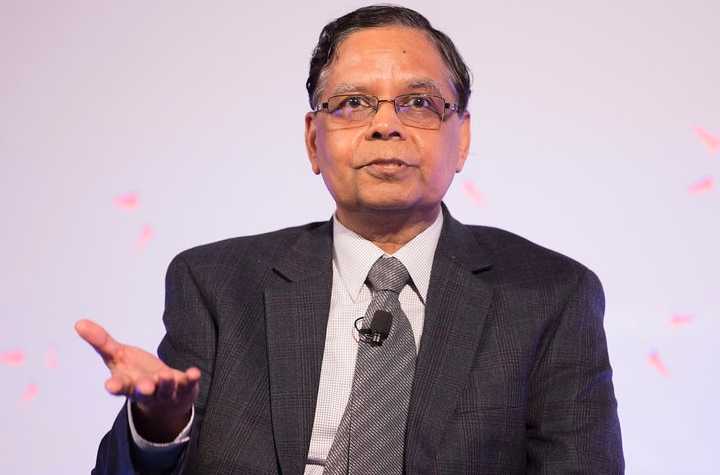
The American Indian economist and economics professor, Arvind Panagarie (born Sept. 1952) served as the first vice president of NITI Aayog, a think tank government in India between Jan. 2015 and August 2017. Arvind Panagariya was born September 30, 1952.
Prior to the Asian Development Bank, he was Chief Economist. He has previously been a teacher of economics at College Park, University of Maryland. He has a doctorate in economics at the University of Princeton.
He is one of the most well known Indian Economists.
Since 2018, over 15 books, including India: The Emerging Giant (Panagariya), were published by Panagariya in March 2008. He performed in “Transformation of India with Arvind Panagriya” on Bloomberg TV India On January 5, 2015, Aayog, the substitute for the Planning Commission, was appointed Vice-President of the National Institution to Transform India. In September 2015, he was nominee Sherpa of India for the G20 talks to replace Minister Suresh Prabhu of the Railways.
The analysis of the 2011 Socioeconomic and Caste Census data is also undertaken by Panagariya. He retired as Vice-Chairman of Niti Aayog stating that Columbia University did not extend its vacation after August 31, 2017.
-
Avinash Dixit
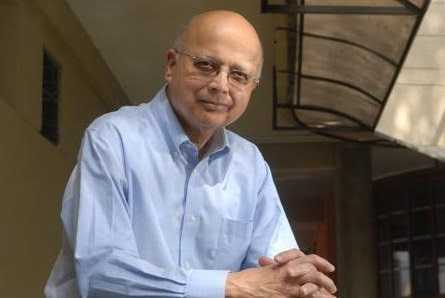
Image by: Eric Wallach
The Indian-American economist Avinash Kamalakar Dixit was born on 6 August 1944. In 1963 Dixit received a baccalaureate in mathematics and physics from the University of Mumbai (Saint Xavier’s College), in 1965, a baccalaureate in mathematics (Corpus Christi College, First class) from the University of Cambridge and, in 1968, a phD from the Economics Technologies Institute of Massachusetts.
Dixit is a Professor of Economics at the University of Princeton since July 1989 and an Emirit from 2010 in John F. Sherrerd ’52. He has taught at the Technology Institute of Massachusetts, the University of California and the University of Warwick. He is one of the most famous Indian Economists.
In the International Monetary Fund and Russell Sage Foundation Dixit also held visiting academic positions. He was the President of the Economic Society in 2001 and the Vice-President of the American Economic Association (2002) and Chairman (2008). He also participated in the 2011 Infosys Prize Social Sciences Jury.
With Robert Pindyck, he writes the first textbook on investment options only, and described it “a born-classical” as “investing under insecurity” in view of their importance to theory (Princeton University Press, 1994; ISBN 0691034109).
-
Bibek Debroy
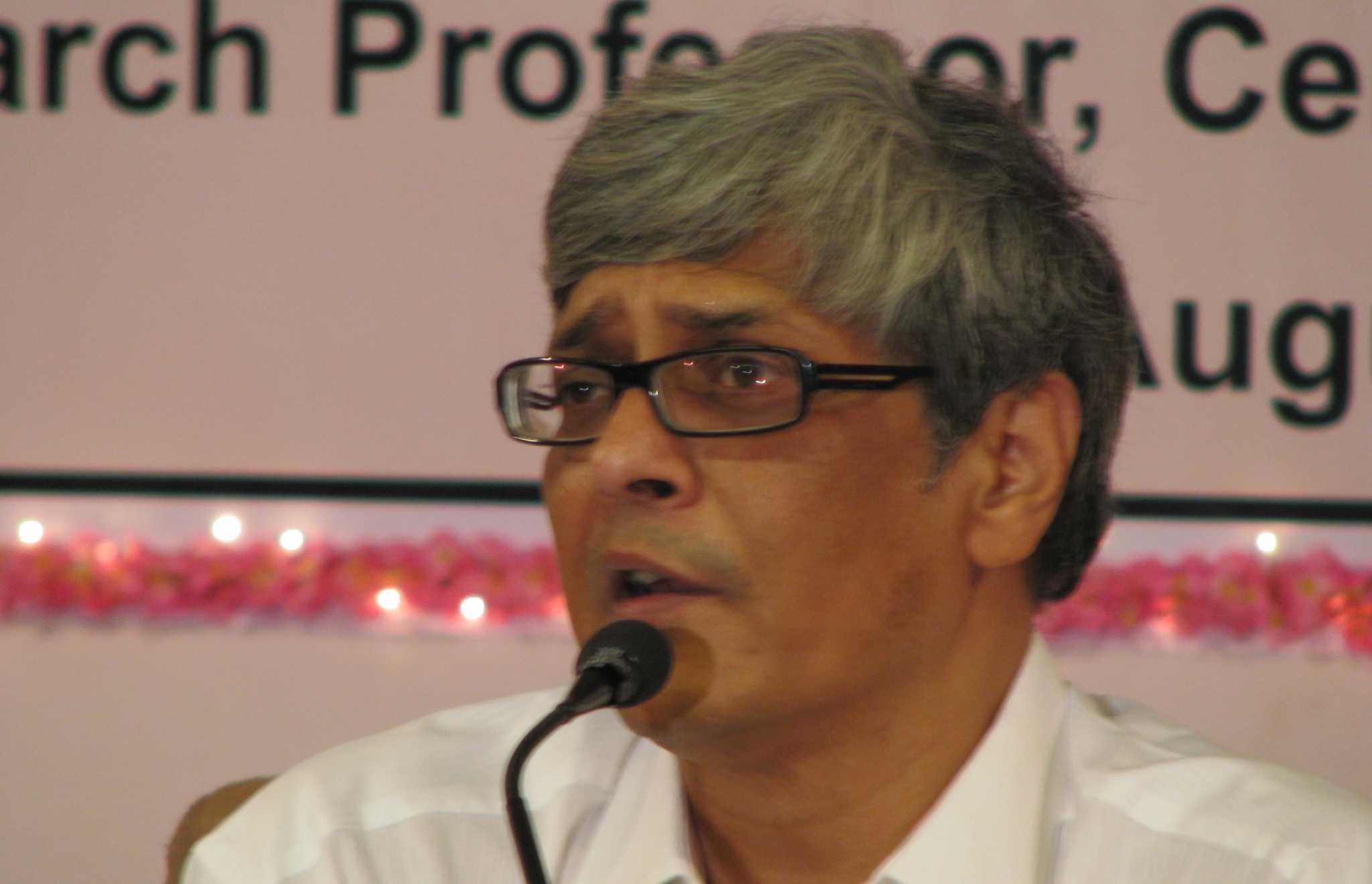
Debroy is an Indian Economist who has contributed significantly to game theory, theory of economics, income and social inequality, poverty, reform of legislation, rail reform and indology.
He is one of the most famous Indian Economists.
In 2016 he received the US-India Business Summit Lifetime Achievement Award. Debroy has written more than 110 books on economics, political affairs, industrial science and Sanskrit. Debroy translated the uncut version of the great Indian epic Mahabharata into English, making it only the third person to accomplish the feat.
Debroy’s Mahabharata Translation has been published in 10 volumes of 2.25 million words. The Bhagavad Gita, Harivamsa, Vedas and Valmiki-Ramayana were also translated (in three volumes). He was only the second person, along with Manmatha Nath Dutt, to have translated the Mahabharata and Valmiki Ramayana into English unabridgedly. He was a “most prolific translator” in the 2019 Limca book of records.
-
JC Kumarappa
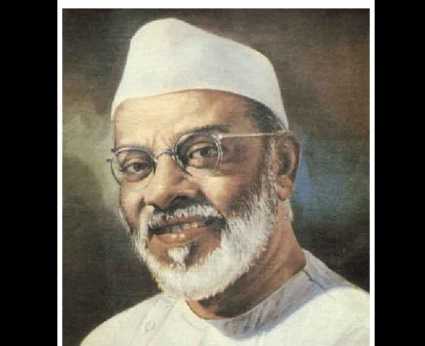
Image by: organic radicals
The Indian economist and close was a very associate to Mahatma Gandhi. Kumarappa, a pioneer of rural economic development theories, has been honored to develop Gandhism-based economic theories, the school of economic thinking that he coined as “Gandhian economics.” He was the sixth child of the officer for Public Works and Esther Rajanayagam, Solomon Doraisamy Cornelius.
S.D. Cornelius is one of Miller’s great old boys, the famous Principal of Madras Christian College and he sent to Doveton and then to Madras Christian College his distinguished sons JC Cornelius and Benjamin Cornelius.
After they became Gandhi’s followers, they both adopted the name of their father—Kumarappa—and hailed as brothers Kumarappa. (The Gandhian Crusader: Dr. J.C.Kumarappa Biography, Gandhigram Trust, 1956, see for further detail on biography (rev.1987). J C Kumarappa studied economics and accounting in 1919 in the UK.
He is one of the most famous Indian Economists.
In 1928 he travelled to the United States where he received economics and corporate administration degrees under Edwin Robert Anderson Seligman at Syracuse University and at Columbia University.
His older sister, E.S. Appasamy, became an outstanding social worker and educator in Madras.
Conclusion on Indian Economists
Indian Economists are popular all over the work for their intellectual capability. India’s economy is known as a developing market economy in mid-income terms. It is the sixth largest nominal GDP economy in the world and the third largest in buying power parity (PPP).
The World Bank has stated that India needs to focus on public sector reform, infrastructure, rural development, the removal of land and labour, financial inclusion, fostering private investment and exports, and education and public health in order to achieve sustainable economic development.
In terms of the direct, indirect, and induced effect of all sectors of the economy, the construction and real estate sectors rank the third of the 14 major sectors.
FAQs on Indian Economists
For more fun articles, visit our website by clicking here.


Leave a Comment